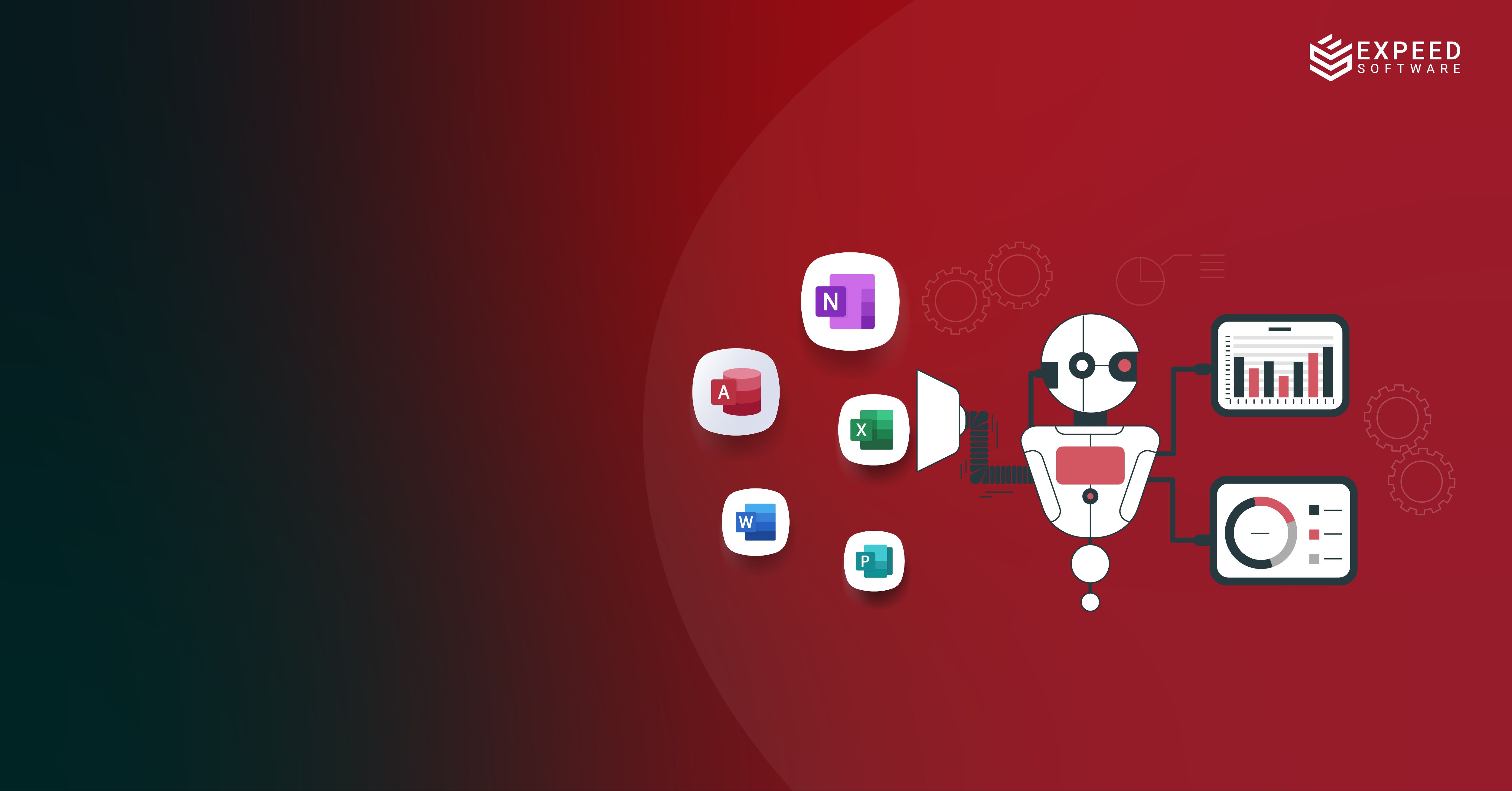We are in the golden era of technological advancements, especially in data analytics. With the increased connectivity and momentum gaining for an ‘always-on’ culture, organizations are collecting tremendous amounts of data. The data collected can be used to gain deeper insights into how different parts of the business are performing. If this data is not being analyzed to drive a better decision, it is just wasting your storage.
Over the last few years, the advancements in computing power, public cloud computing, and AI/ML have made it possible to analyze vast amounts of data at scale without breaking the bank. With the help of data analytics companies, organizations must take advantage of these technologies to build better analytical environments, become data-driven and innovate and be competitive in the marketplace.
In this article, we look at different data analysis technologies such as data warehouses, data lakes, and cloud data warehouses to see how they have evolved over the years.
What is a Data Warehouse?
A data warehouse at its core is a relational database that is modeled to serve analytical queries and produce reports and visualizations much more efficiently than transactional databases that were optimized for handle inserts, updates, and deletes. Before the concept of data warehouses, people used the same database for transactional updates as well as running analytical queries. That led to performance and concurrency issues as both use cases were competing for the same computing resources allocated to the database.
Another factor that contributed to this poor performance was the way data was modeled in transactional databases. Transactional databases followed strict normalization rules to ensure all updates were optimized. This kind of data modeling is not ideal for analytical queries as they would require the joining of many tables.
These led to the birth of data warehouses as a concept in the early 80s. Ralph Kimball, one of the main architects of the early data warehousing technologies introduced concepts such as dimensional modeling, star schema, and snowflake to model data in data warehouses.
Data warehouses provided a way to separate transactional systems from analytical environments and eliminate performance bottlenecks. Data warehouses paved the way for a new set of technologies such as ETL tools and Business Intelligence tools to help with data analysis. As we got into the big data and unstructured data era, the concept of a data lake started taking a foothold.
What is a Data Lake?
Data warehouses helped tremendously until the dawn of the web and mobile devices. With the advent of web technologies and mobile devices, businesses started creating more volume and variety of data which led to the era of big data. Previously, most of the data were structured, but with technological improvements, organizations started accumulating a lot of unstructured data such as emails, chats, images, and audio and video which also provided valuable insights. Soon big data had created a need for different kinds of tools and techniques such as artificial intelligence, machine learning, predictive analysis, and prescriptive analysis.
The need to access both the raw data and the unstructured data according to case requirements, made it difficult for organizations to continue using just data warehouses that were restrictive to the purpose. This gave birth to the idea of data lakes which are primarily cheap storage that allows you to collect and organize data from all data sources in one place. A well-organized data lake acts as a single data source for all kinds of data in the organization and makes it easy to perform all types of data analytics. Data lakes offer the much-needed centralized data source management, organizing, and structuring of data that supports faster and more accurate data analytics carried out in data warehouses.
Top data analytics companies now use data lakes to collect and gather raw, unstructured data, before transforming and loading it into data warehouses instead of connecting all the data sources directly to the data warehouse. Also, since the data lake maintains all the raw structured data as well as unstructured data, it becomes the source for other types of analytical tools such as AI/ML, and Natural Language Processing (NLP).
Cloud Data Warehouses
While data lakes were being built to provide a single place for all enterprise data, the traditional data warehouses were suffering from performance issues as the volume of data continued to increase. The reason for this was either the data warehouse was based on single node architecture (SMP) or it was horizontally scalable (MPP) but with difficulties in adding nodes on demand as they run in on-premise environments.
To address the issues with these on-premise data warehouses, cloud data warehouses with massively parallel processing (MPP) architectures were created. They are fully managed and made available in Software as a Service (SaaS) model where you can spin up a data warehouse in the cloud and you will not be responsible for managing the underlying infrastructure. Computing resources can be added and removed on a needed basis with very minimal to no effort.
Amazon Redshift, Snowflake, Google Big Query, Azure Synapse, and Databricks are the major cloud data warehouses with varying degrees of flexibility and features. They are not just databases; they provide other integration features to ingest data from multiple formats easily. These cloud data warehouse technologies have removed barriers and made it possible even for small organizations to analyze data using these highly scalable cloud data warehouses and become innovative in their space. Ease of use of these managed cloud data warehouses will establish themselves as the de facto standard for data warehouses in a few years.

Data Lakehouse
As data lakes gained more popularity among businesses they triggered widespread use by various organizations as a cheap yet effective solution for data collection and storage. This, however, led to a point where too much unstructured data was simply dumped onto the data lakes resulting in issues such as disorganized data, lack of querying capability, and difficulty in providing controlled access to the users.
These issues triggered the need for the creation of a new technology called Data Lakehouse which is a solution that provides key features of data lake and data warehouse in one place. All the cloud data warehouses are transforming themselves to operate as data lake houses now.
Conclusion
Modern organizations use data analytics for making their decisions as well as at the core of their workflows to improve operational efficiency. The growing demand for analyzing large amounts of data led to unprecedented innovation in data analysis technologies. Whether you should use these technologies to analyze your data for decision-making is not a question anymore. It is almost mandatory for you to be data-driven to be competitive in the industry. Every organization is different and there are no ‘one-size fits all’ answers when you need to decide what technology you need to use for your data analysis. Consider your current state of maturity and the kind of users that would be involved in data analysis to decide on the technology stack for your analytical environment. Alternatively, you can also partner with top data analytics companies like Expeed, to help you through your analytics journey.

Expeed Software is a global software company specializing in application development, data analytics, digital transformation services, and user experience solutions. As an organization, we have worked with some of the largest companies in the world, helping them build custom software products, automate processes, drive digital transformation, and become more data-driven enterprises. Our focus is on delivering products and solutions that enhance efficiency, reduce costs, and offer scalability.


